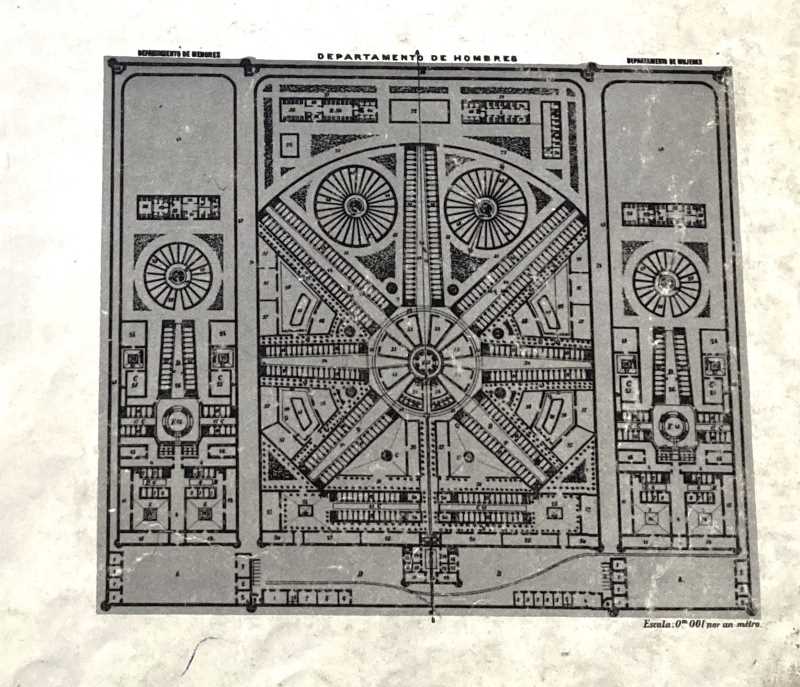Lecumberri Prison and the Architecture of Fear
Mexico's Lecumberri prison, the “Black Palace,” was a chilling architectural experiment in control. Inspired by the panopticon, it embodied the repressive forces of the era, a place where surveillance aimed to crush the spirit.

Architecture, as the grand dame of the arts, likes to dress up. She parades in styles that change with the whims of society, flaunting Doric columns today, sleek Modernist glass tomorrow. But beneath those decorative layers lies the skeleton – the bare, functional bones of what a building, at heart, must be. And occasionally, those bones tell a darkly riveting tale.
The Palacio Negro de Lecumberri in Mexico City is one such place. Its very name, the 'Black Palace,' is shrouded in shadow, a moniker both literal (a flood darkened its original facade) and a chilling metaphor for the grim realities within. This vast complex, born in the late 19th century, is more than an architectural anomaly. It's a testament to evolving social thought, an unnerving reflection of Mexico's turbulent journey towards modernity – and the scene of both misery and curious resilience.




